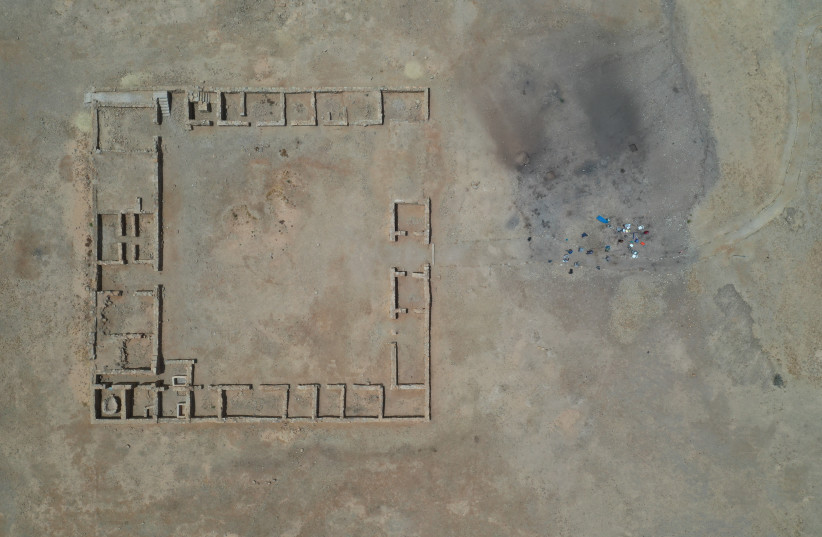For thousands of years, people moved across the area connecting Europe to West Asia, known as the "Southern Arc." Now, a report published in Science shows ancient DNA data from over 720 individuals from that region over the past 11,000 years.
The study describes 15,000 years of genetic history in the Southern Arc. "Often there's an artificial distinction between Europe and Asia that people make," according to Iosif Lazaridis, research fellow in genetics and staff scientist in the Reich lab at Harvard Medical School. "For these studies, we said, we have a bunch of people who are neighbors; let's forget about such preconceptions and try to figure out how they're all related and who moved where across time."
The analysis of the peer-reviewed research provides genetic insights into old mysteries like the identities of the Minoan and Mycenaean people and the geographic origins of the Indo-European languages.
"This is a major leap forward in the field and a milestone in terms of richness of data from this complex region," according to co-senior author David Reich, professor of genetics at Harvard Medical School and of human evolutionary biology at Harvard University. "Some very striking stories emerge thanks to the power of ancient DNA in large sample sizes."
The researchers

The team collaborated with researchers from the University of Vienna to lead a 206-person team based in over 30 countries.
Until a few years ago, it was nearly impossible to recover DNA from ancient people who were buried in certain regions like the Middle East because of the heat.
"Once you look at this many individuals across space and time in an expansive view, you start seeing connections you couldn't if you focused on only one site or period," Lazaridis said.
